
UNEXUP e-meeting – WP0 & WP1 workshop
On March 24th-26th, the LPRC team participated in an UNEXUP three-day…
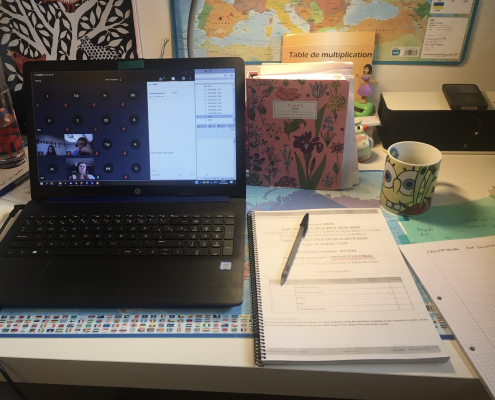
CROWDTHERMAL e-meeting
Last week, on the 17 and 18 March, the CROWDTHERMAL partners…
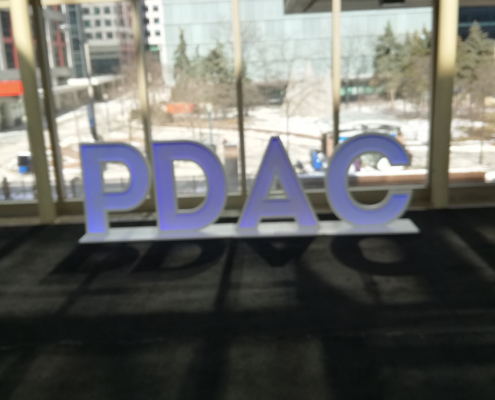 La Palma Research Centre
La Palma Research CentreLPRC at PDAC 2020
LPRC member Luís Lopes was present at the most recent PDAC convention,…
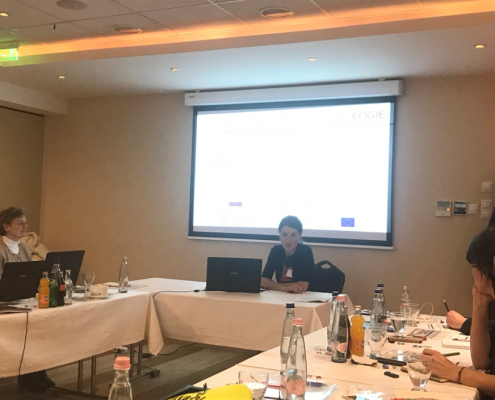
ENGIE Kick-off, Miskolc
The ENGIE Consortium met for the kick-off of the EIT Raw Materials…
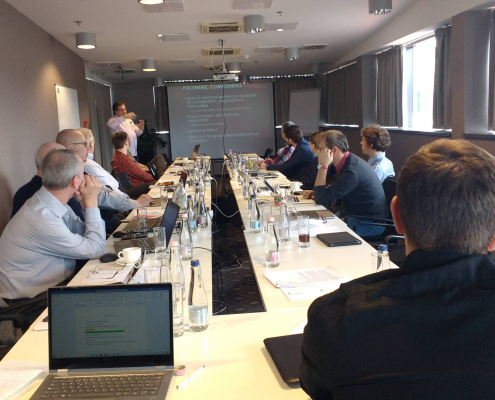
UNEXUP Kick-off – Budapest
The LPRC team was in Budapest, Hungary, on the 6th and 7th of…
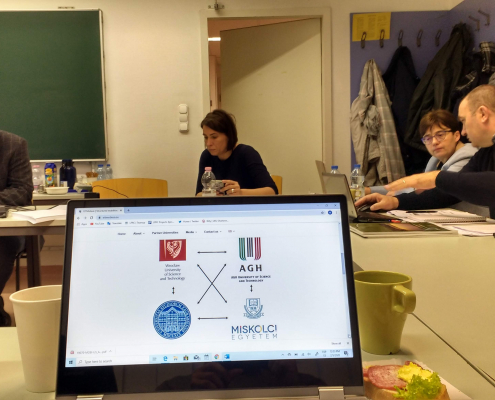
MOBI-US Kick-off – Budapest
LPRC team members Luís Lopes and Márcio Tameirão participated…
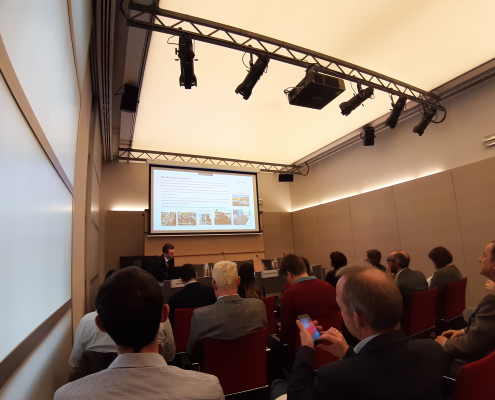
Geothermal event, Brussels
On the 4th and 5th of February, the Geothermal community gathered…
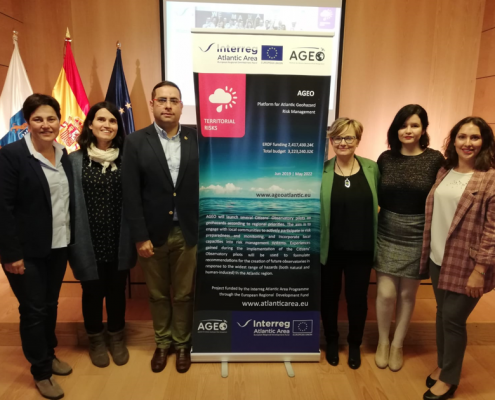
AGEO event, Canary Islands
On the 27th of January, an event of half a day was organized…
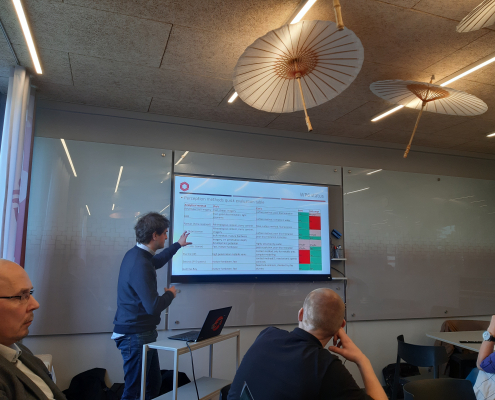
ROBOMINERS Consortium Meeting, Tallinn
It was in Tallinn, Estonia, that the ROBOMINERS project partners…
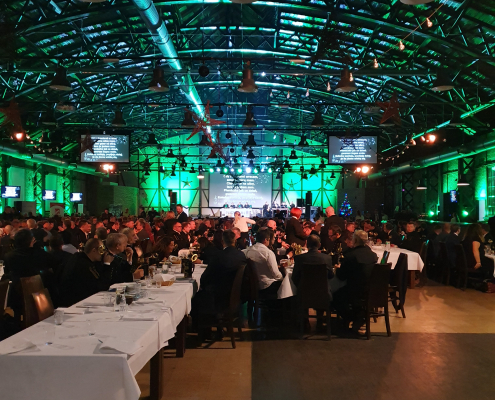
MIREU Workshop, Krakow
The MIREU Project is establishing a network of mining & metallurgy…
